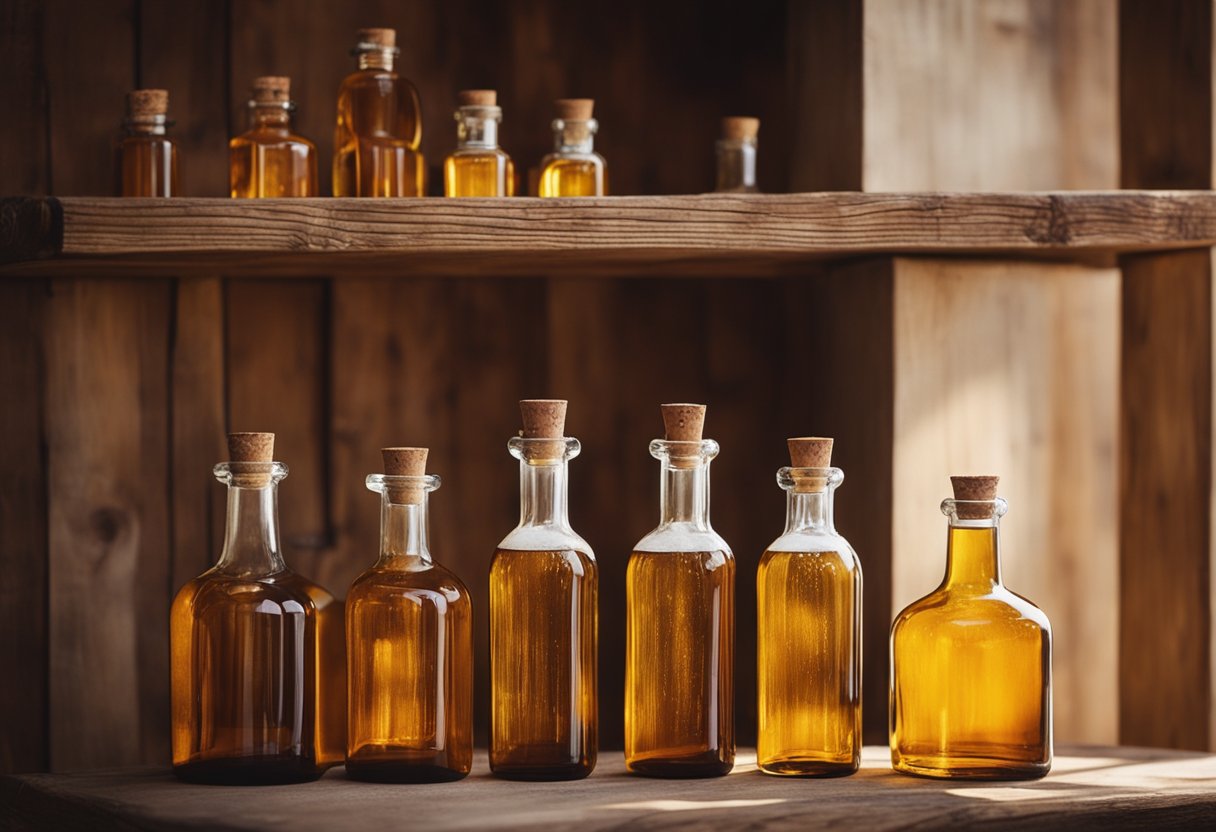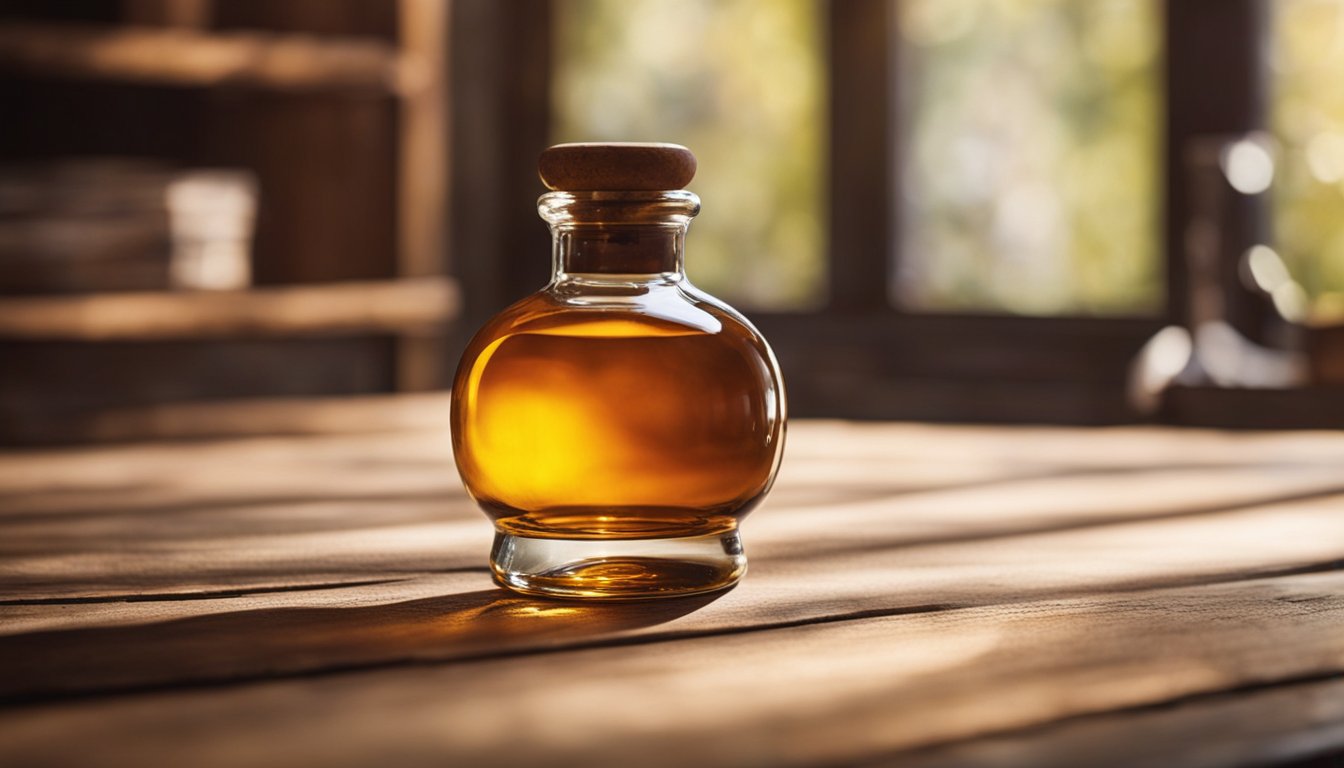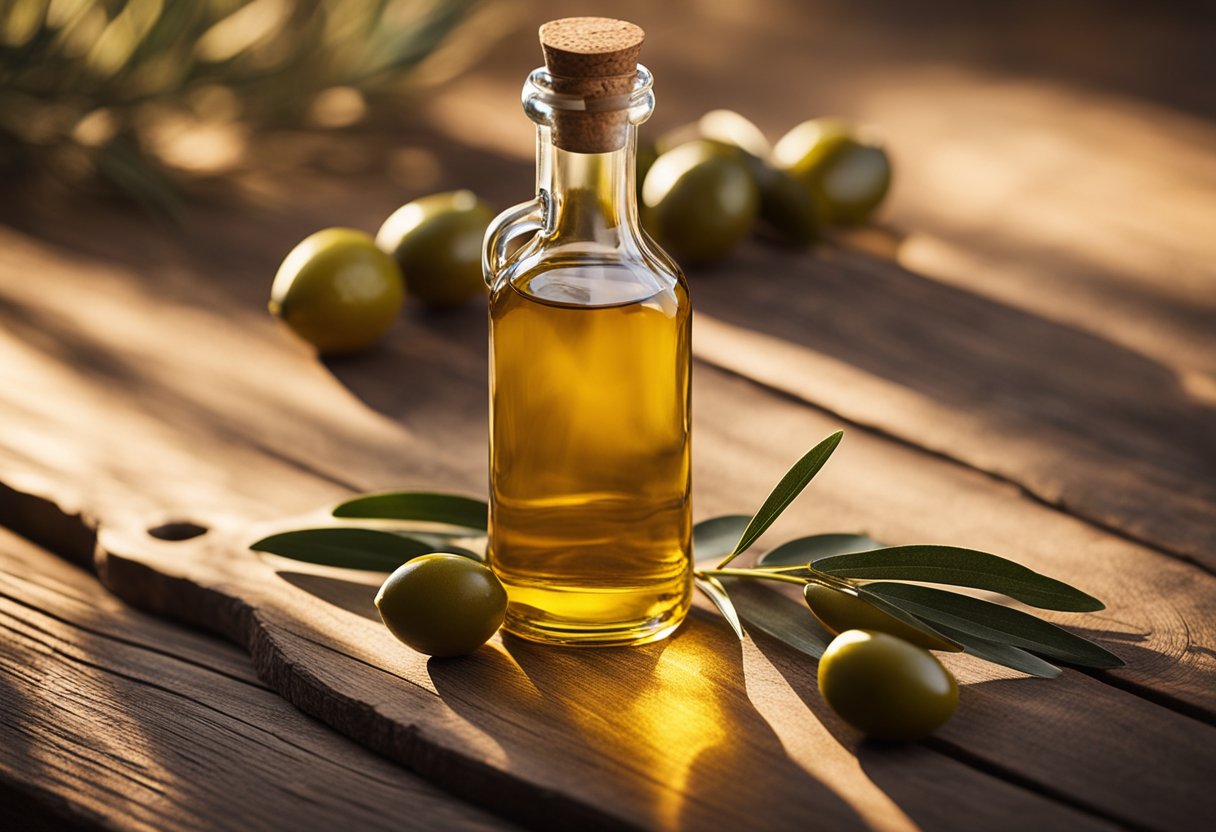If you’re someone who loves to juice, then you know how important it is to have the right kind of juice bottle. Juice bottles come in all shapes and sizes, and they are made from a variety of materials. Some are made from glass, while others are made from plastic. Some have wide mouths, while others have narrow ones. With so many options available, it can be overwhelming to choose the right one for your needs.

When it comes to choosing a juice bottle, there are a few things to consider. One of the most important is the material it’s made from. Glass bottles are a popular choice because they are reusable, easy to clean, and do not leach any harmful chemicals into your juice. However, they can be heavy and breakable. Plastic bottles, on the other hand, are lightweight and durable, but they can leach chemicals into your juice over time. It’s important to choose a bottle that is made from a material that suits your needs and preferences.
Another thing to consider when choosing a juice bottle is the size and shape. Some bottles are designed for single servings, while others are meant to hold larger quantities. Some have wide mouths, which make them easy to fill and clean, while others have narrow mouths, which can make them more difficult to use. It’s important to choose a bottle that is the right size and shape for your needs.
History of Juice Bottles

Juice bottles have come a long way since their inception. From simple clay jars to intricate glass bottles, juice containers have evolved with time. In this section, we will take a look at the history of juice bottles, including their early designs and modern advancements.
Early Designs
Juice bottles have been around for centuries. The earliest juice containers were made of clay and were used to store and transport juices. These clay jars were simple in design and were often sealed with wax or cork to prevent contamination. As time passed, glass bottles replaced clay jars, and juice bottles became more elaborate in design.
In the 19th century, juice bottles were often embossed with the names of the juice manufacturers. Some of these bottles were also decorated with intricate designs and patterns. By the early 20th century, juice bottles had become a popular collectible item, with people collecting bottles from different manufacturers and eras.
Modern Advancements
With the advent of modern technology, juice bottles have undergone significant changes. Today, juice bottles are made of a variety of materials, including glass, plastic, and aluminum. These materials are chosen for their durability, cost-effectiveness, and environmental impact.
Modern juice bottles are designed to be both functional and aesthetically pleasing. Many juice bottles feature ergonomic designs that make them easy to hold and pour. Some juice bottles also come with built-in straws or spouts, making them convenient for on-the-go use.
In recent years, juice bottles have also become more eco-friendly. Many manufacturers now use recycled materials in their juice bottle production, and some even offer refillable juice bottles. These eco-friendly options are a step in the right direction towards a more sustainable future.
Overall, the history of juice bottles is a fascinating one. From simple clay jars to modern, eco-friendly designs, juice bottles have come a long way. Whether you prefer glass, plastic, or aluminum, there is a juice bottle out there for everyone.
Materials Used in Juice Bottle Production

When it comes to juice bottle production, there are a few materials that are commonly used. In this section, we will take a closer look at the three most popular materials used in juice bottle production: glass, plastic, and biodegradable options.
Glass
Glass bottles have been used for juice packaging for a long time. They are a popular choice because they are reusable and recyclable. Glass bottles are also non-toxic and do not contain harmful chemicals that can leach into the juice. However, glass is heavy and can easily break, making it more difficult and expensive to transport. Glass is also not as flexible as plastic, which can make it harder to design unique bottle shapes.
Plastic
Plastic bottles are the most common type of juice bottle used today. They are lightweight, easy to transport, and can be made in a variety of shapes. However, plastic is not as environmentally friendly as glass. It is not biodegradable and takes hundreds of years to break down. Plastic also contains harmful chemicals, such as BPA, which can leach into the juice and potentially harm your health.
Biodegradable Options
Biodegradable juice bottles are becoming more popular as people become more environmentally conscious. These bottles are made from materials that can break down naturally over time, such as plant-based plastics or recycled materials. Biodegradable options are a great choice for those who want to reduce their carbon footprint and minimize waste. However, they are not as widely available as glass or plastic bottles and can be more expensive.
In summary, when it comes to juice bottle production, glass, plastic, and biodegradable options are the most common materials used. Each material has its own advantages and disadvantages, and it’s up to you to decide which one is the best fit for your needs.
Manufacturing Process

When it comes to manufacturing juice bottles, there are three main steps involved: preform production, bottle blowing, and quality control.
Preform Production
The first step in the manufacturing process of juice bottles is preform production. Preforms are small plastic tubes that are later blown into the shape of a bottle. These preforms are produced through an injection molding process where plastic pellets are melted and injected into a mold. Once the preforms are produced, they are cooled and stored until they are ready to be blown into bottles.
Bottle Blowing
The second step in the manufacturing process of juice bottles is bottle blowing. This is where the preforms are transformed into the final bottle shape. This is done by heating the preforms and then using compressed air to blow them into the desired shape. The bottles are then cooled and inspected for any defects.
Quality Control
The final step in the manufacturing process of juice bottles is quality control. This step is crucial to ensure that the bottles are safe for use and meet the required standards. Quality control involves testing the bottles for leaks, cracks, and other defects. The bottles are also inspected for their weight, size, and shape to ensure they meet the required specifications.
Overall, the manufacturing process of juice bottles involves several steps that are essential to producing high-quality bottles that are safe for use. By following these steps, manufacturers can ensure that their products meet the required standards and provide consumers with a safe and reliable product.
Labeling and Branding
When it comes to juice bottles, labeling and branding are crucial for standing out on store shelves. Below are some important considerations for designing and applying labels to your juice bottles.
Label Design
Your label design should be eye-catching and informative. It should clearly display the name of your product, the ingredients, and any nutritional information. Consider using bold, bright colors to catch the consumer’s eye. You may also want to include your logo or other branding elements to help establish brand recognition.
When designing your label, keep in mind the size and shape of your bottle. You may need to adjust the size or layout of your design to fit the dimensions of your bottle. Additionally, consider the material of your label. Waterproof and durable labels are important for preventing smudging or tearing.
Label Application Methods
There are several methods for applying labels to your juice bottles. The most common method is pressure-sensitive labeling, which involves applying an adhesive label to the bottle using pressure. This method is quick and efficient, but may not be suitable for all bottle shapes.
Another option is shrink sleeve labeling, which involves applying a heat-shrinkable sleeve to the bottle. This method allows for full-body labeling and can create a 360-degree design. However, it can be more expensive and time-consuming than pressure-sensitive labeling.
Finally, in-mold labeling involves placing a label inside the mold before the bottle is formed. This method creates a seamless label that is resistant to wear and tear. However, it can be more expensive and may require specialized equipment.
Ultimately, the labeling and branding of your juice bottles can make a significant impact on consumer perception and sales. By considering the design and application methods of your labels, you can create a product that stands out on store shelves and attracts customers.
Environmental Impact
When it comes to juice bottles, it’s important to consider their environmental impact. Here are some factors to keep in mind:
Recycling Initiatives
Many juice bottle manufacturers have taken steps to reduce their environmental impact by implementing recycling initiatives. For example, Pressed Juicery has introduced newly designed juice and smoothie bottles that are made from 25% recycled plastic, collectively saving over 300,000 lbs of virgin plastic annually. Other companies have also introduced initiatives to encourage consumers to recycle their juice bottles, such as offering rewards for returning used bottles.
Reduction of Carbon Footprint
In addition to recycling initiatives, many juice bottle manufacturers are also working to reduce their carbon footprint. One way they are doing this is by using materials that have a lower environmental impact, such as glass or aluminum. According to a study by the University of Southampton, glass bottles have a lower carbon footprint than plastic bottles or aluminum cans. Additionally, some companies are using renewable energy sources to power their production facilities, further reducing their carbon footprint.
Overall, while juice bottles do have an impact on the environment, many manufacturers are taking steps to minimize that impact. By recycling your juice bottles and choosing products from environmentally conscious companies, you can help reduce the environmental impact of juice bottles.















